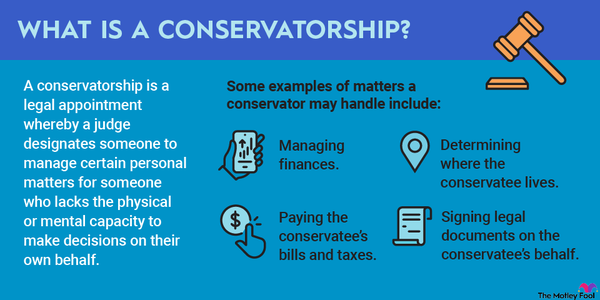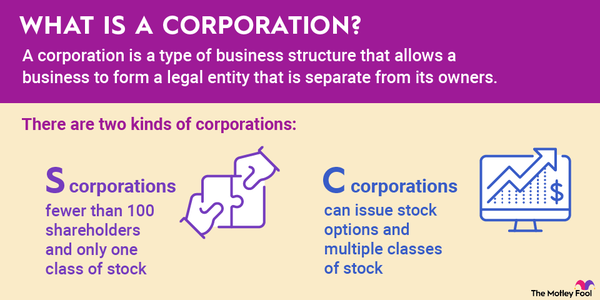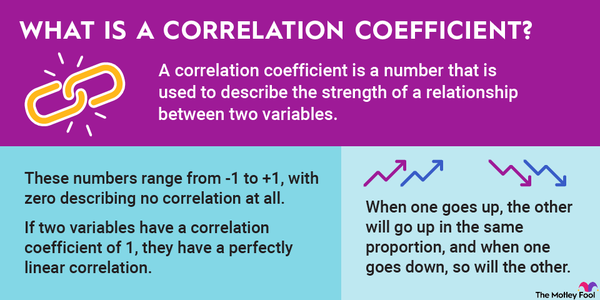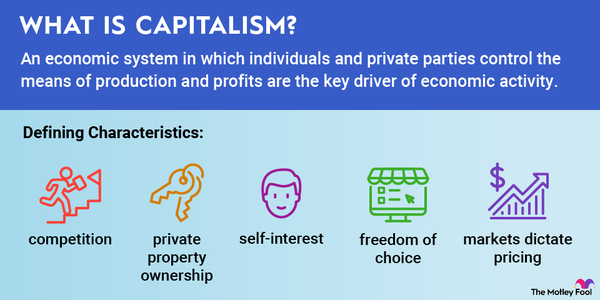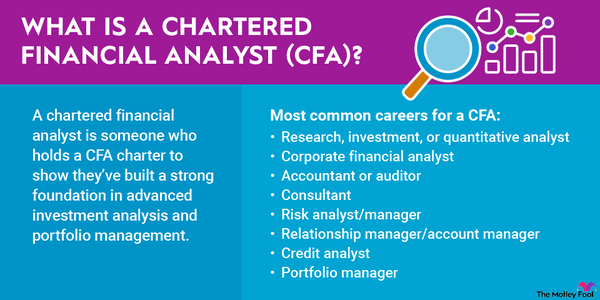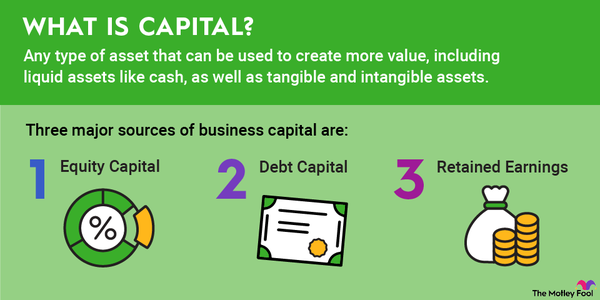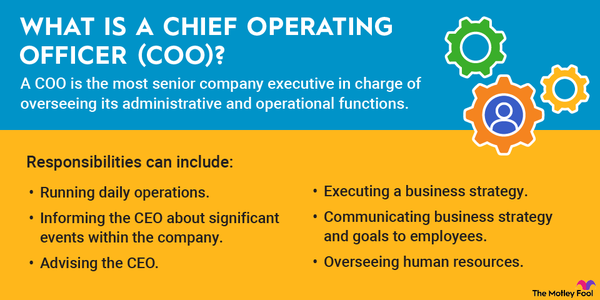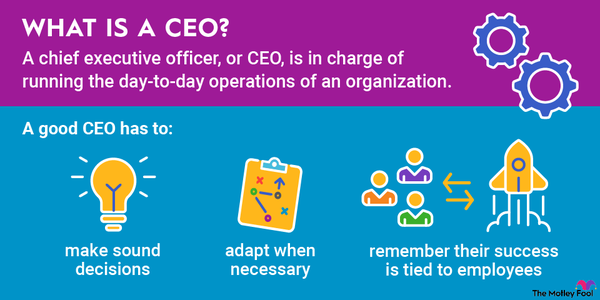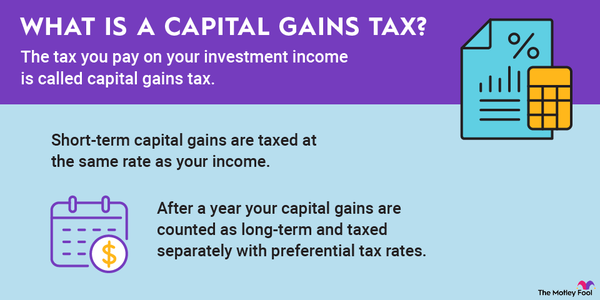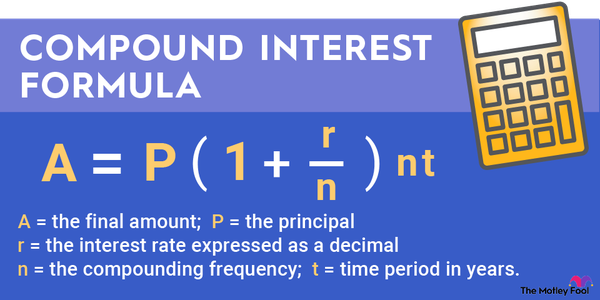The C-suite is an increasingly common term in investing articles. Here’s what it means, why it matters, and how you can look to the C-suite for a better understanding of a company’s operations.
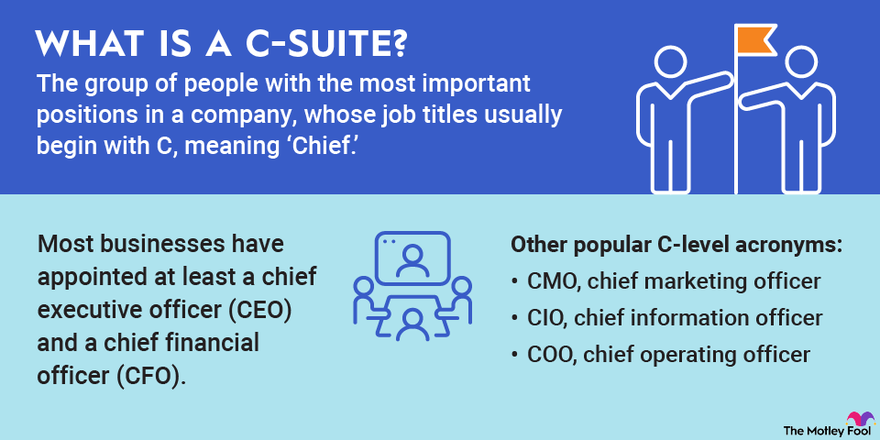
What is the C-suite?
What is the C-suite?
The Cambridge Dictionary defines the C-suite as "the group of people with the most important positions in a company, whose job titles usually begin with C meaning ‘Chief.’" The term is fairly new, and most dictionaries don’t include it yet. However, it is often heard in a variety of contexts.
Sometimes, C-suite refers to the very specific set of executive officers whose titles literally start with "chief." Most businesses have appointed at least a chief executive officer (CEO) and a chief financial officer (CFO). Other positions are less rigid, but popular C-level acronyms include the chief marketing officer (CMO), chief information officer (CIO), and chief operating officer (COO).
In a looser sense, the term may also apply to an assortment of high-level executives with different titles, such as the president, treasurer, or even a vice president. It depends on who’s talking and the desired audience.
The importance of experienced C-suite leadership
The importance of experienced C-suite leadership
The people in the C-suite are essential to the operation of the company, but their exact responsibilities may vary from one business to the next.
For example, the day-to-day management decisions may be handled by the COO, the CEO, or the president. One person might also hold two or all three titles simultaneously, further blurring the lines between each position’s area of responsibility.
However, any C-suite title comes with the powers and responsibilities of running the business from one of the highest offices available. Ideally, every C-suite executive should be very experienced at what they do. A bumbling CFO or an unsophisticated CEO is often a recipe for failure.
When a cable news network wants a company’s insights on current business metrics or the world economy, their reporters don’t go looking for frontline workers and mid-level managers. They go straight to the C-suite, where an executive’s statements come with the authority of top-level leadership.
Understanding a company through its leaders
Understanding a company through its leaders
C-suite executives set the tone for how the business operates. They define and refine the corporate culture, provide the long-term strategic vision (in tandem with the board of directors), are held responsible for financial performance trends, and are seen as the company’s face to the world.
In a larger sense, every company is defined by the people who run the business. If you want a deeper understanding of Tesla (TSLA -5.03%) and Block (NYSE:SQ), you should start by reading up on Elon Musk and Jack Dorsey. Sites such as LinkedIn and Glassdoor can be treasure troves of information on C-suite leaders, including their career histories, reviews by peers and employees, and statements from the leaders themselves.
You could also look at the company’s list of executive bios, any executive-penned business blogs, or maybe even annual shareholder letters from the CEO.
Breaking the mold: Alternative C-suite titles
Breaking the mold: Alternative C-suite titles
There is no strict business rule or regulation that requires a C-suite to include the official positions of CEO or CFO.
For example, Tesla co-founder and CEO Elon Musk describes himself as the “Technoking.” The electric vehicle maker’s CFO, Zach Kirkhorn, is officially known as the "Master of Coin." At financial services company Block, Jack Dorsey is known as the “Block Head” and not the CEO.
The exact titles don’t really matter and may vary wildly from one company to the next. But it’s important that each position has a clearly defined set of responsibilities with the business organization, and that the person doing the job is a good fit for it.
Investors should be prepared to comb through company bylaws and annual reports to find the proper duties and specifications for each C-suite position. Match that information up with what you know about each executive. Only then can you really evaluate how well the current holder of each position matches their job description.







